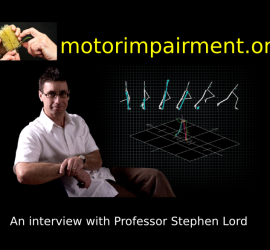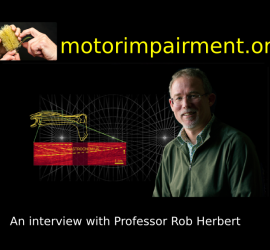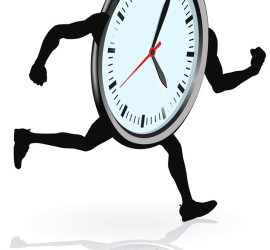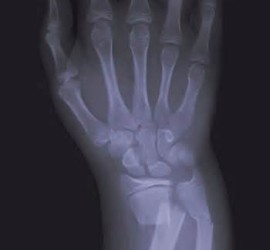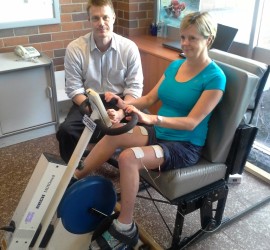WHAT DO LOW VITAMIN D LEVELS REALLY MEAN?
Low concentrations of vitamin D have been associated with increased mortality in observational studies in humans, but a cause-and-effect link has been difficult to pin down. This new research published in the British Medical Journal has used a novel approach in which the genetic variants in DHCR7 and CYP2R1 have […]



